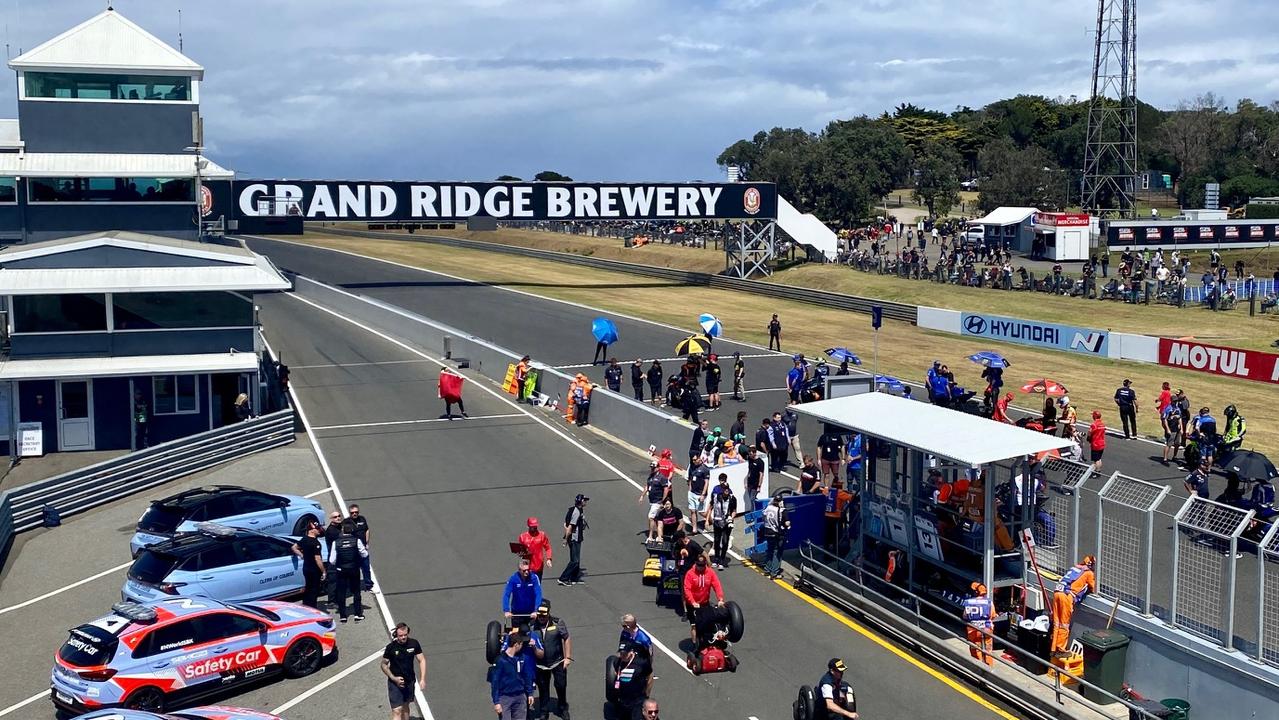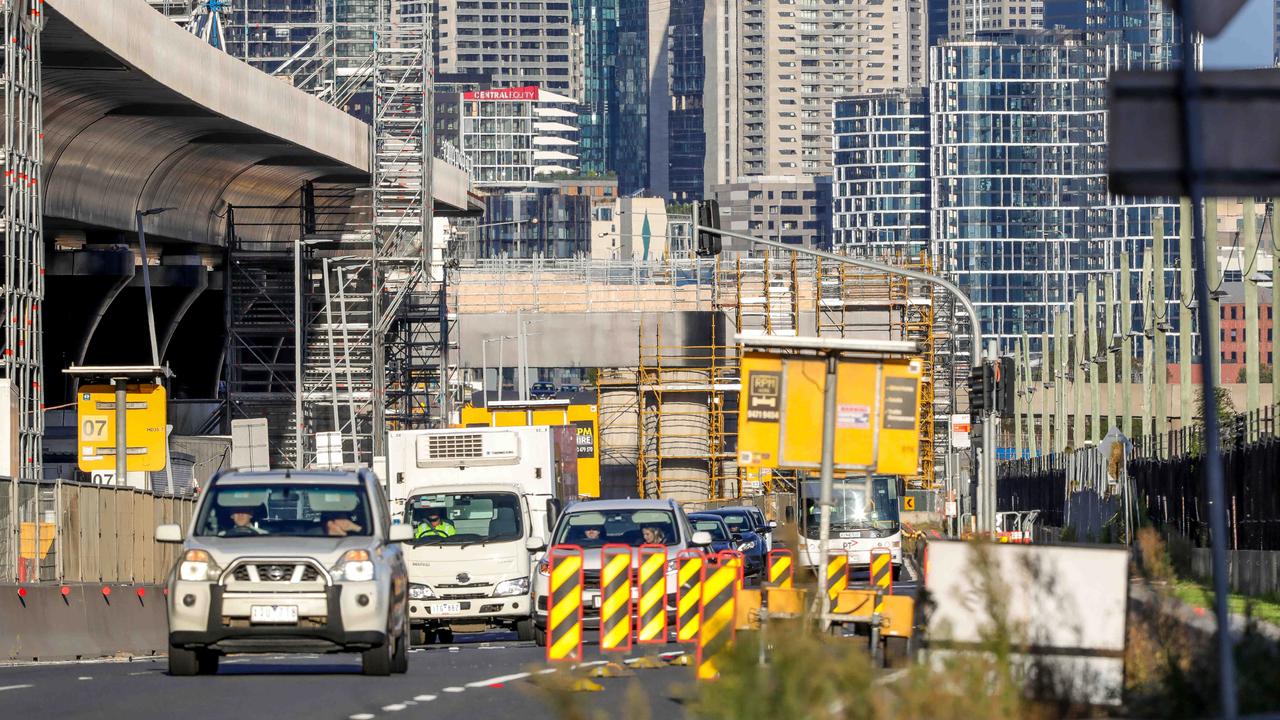Dementia patients use Australian-designed virtual reality to stimulate their brains
DEMENTIA sufferers are using Australian-designed virtual reality technology to stimulate their brains in the hope of eventually regaining lost memories.

News
Don't miss out on the headlines from News . Followed categories will be added to My News.
DEMENTIA sufferers are using Australian-designed virtual reality technology to stimulate their brains in the hope of eventually regaining lost memories.
Just as music therapy is used to reconnect patients to their pasts, this technology may eventually allow people to revisit childhood memories or go walking through their old homes.
More than 50 aged-care homes have tried the Solis-VR equipment, developed specifically for aged-care residents, and report that it has calmed residents and improved their quality of life. So far, residents are able to take virtual trips to ice caps, fly over a Canadian wilderness, sit on Kuta beach, or go scuba diving and paddling down a river.
BuildVR co-founder Marc Pascal said an expanded trial could offer personalised experiences, while gathering data to determine any cognitive benefits.
“Imagine putting a person back into the house they grew up in, and what that could do for them,” he said.
“Imagine a resident connecting with their son and sharing the experience together. That is now where we are going.”
More research is required on any clinical benefits.
Alzheimer’s Australia Victoria acting CEO Leanne Wenig said immersion in a pleasant environment was known to stimulate positive feelings and memories in dementia patients.
“Positive engagement that stimulates the brain can’t be bad. And we certainly know anecdotally, from those who have tried it, it has brought about a calmer, better sense of wellbeing.
“Anything that we can do to help people with dementia engage in a more meaningful life we should support,” Ms Wenig said.
Opal Aged Care began trying the technology in its homes six months ago. Managing director Gary Barnier said they were seeing benefits similar to those gained through music therapy.

“In a similar way, we can visually engage people in things that mean something to them in a way that improves cognition,” he said.
“We have had nothing other than great results.
“We now just want to make sure we take it to a place where residents who will get a clinical benefit out of it have the opportunity.
“(Sufferers) can express quite a lot of frustration because they have unmet needs they struggle to communicate, and we are finding that through … this technology their frustration and behaviour are reducing.
“It is putting them at ease and giving them a level of stimulation that they appreciate,” he said.


